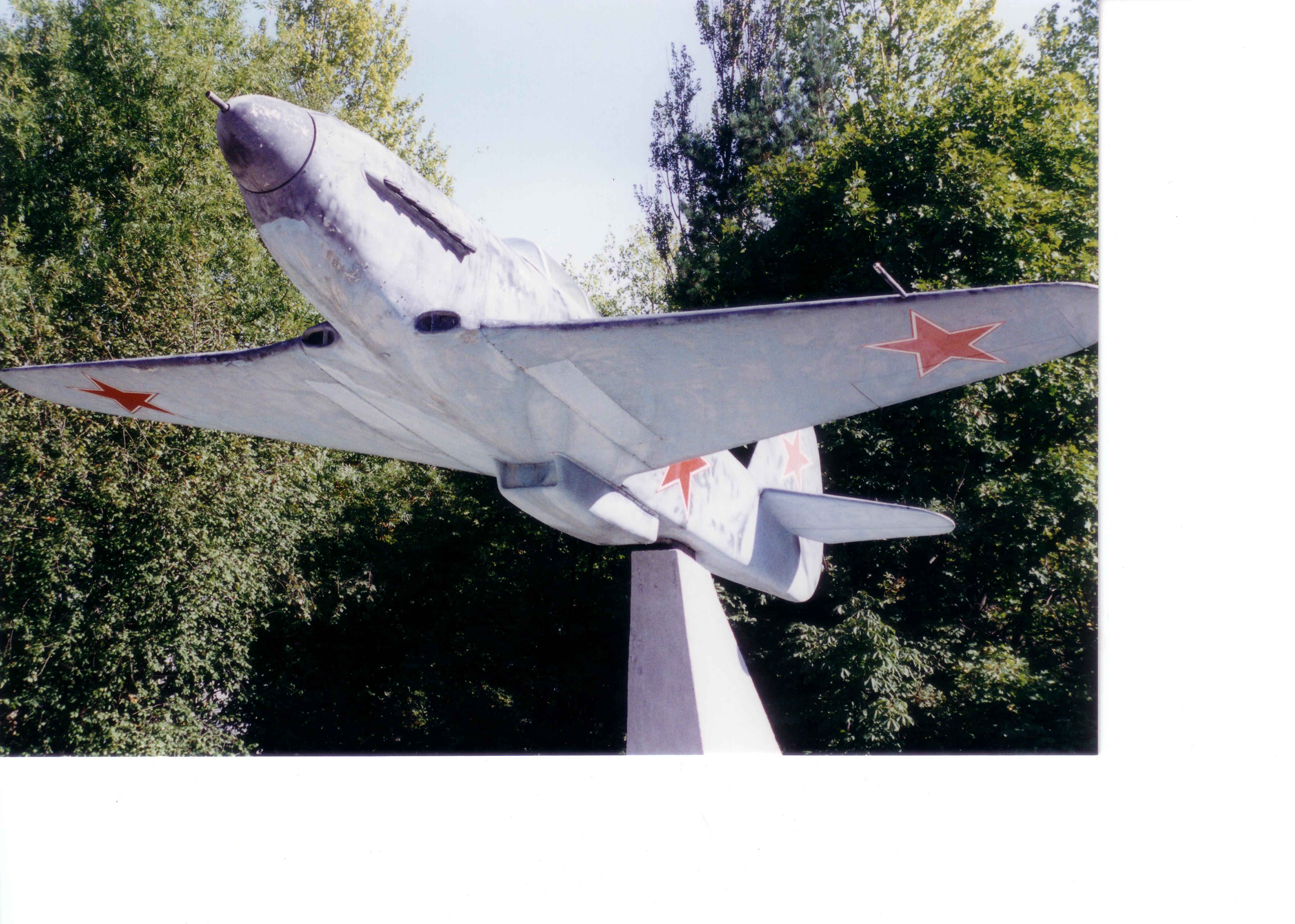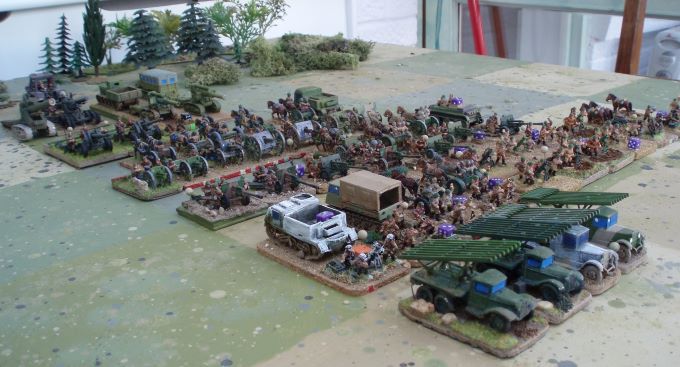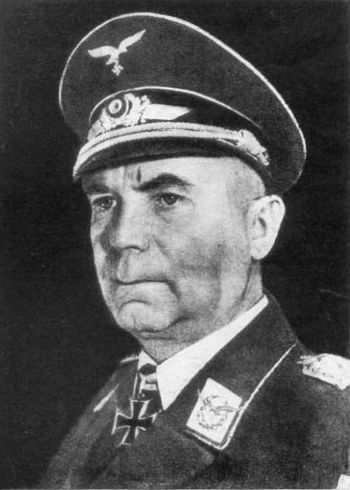
A few years ago I wrote an article on the History News Network on my decision to quote from David Irving’s work in my book on Kursk. The article is here: https://historynewsnetwork.org/article/163814
This primarily concerned the conference on 4 May 1943 preceding the Battle of Kursk. This conference is described in some depth by Guderian in his book. Guderian’s account has often been accepted uncritically by some writers. The account provided by David Irving, quoted from Wolfram von Richthofen (the cousin of the famous Red Baron), gives a very different picture of the conference. I do not know which account is more correct, but decided to present them both in my book.
Nine months ago, Dr. Andrew Arthy in Australia commented on that article that he had copies of the notes make by Wolfram von Richthofen. I noticed the comment last week, so looked him up, emailed him and he willingly provided a copy of the memo. It came from Freiburg: BA-MA N 671/10. The image above is the copy he sent me.
Jay Karamales (who is not a native German speaker) provided me with the following translation of it:
1.) Operation Citadel: General Model said he wasn’t strong enough and would likely get stuck or would need a lot of time. The Führer was of the opinion that the attack must smash through in the shortest possible time under all circumstances. Colonel General Guderian held out the prospect that within six weeks he would be able to supply sufficient armored forces that this would be guaranteed. The Führer therefore decided to postpone it for six weeks. To confirm this decision from all directions, discussion with FM von Kluge and FM von Manstein. Initially, they agreed to a postponement; however, when they heard that the Führer had already made the decision along these lines, they promoted [preached, publicized] an immediate start to the attack, apparently so as not to be burdened [encumbered? In legalese “belasten” means incriminated] by the postponement themselves.
Chief of the General Staff has doubts as to whether Guderian’s promises can be kept, above all because a larger number of Tiger deliveries are expected, but it appears that their chassis construction is not in order.
The Chief of Luftflotte 4 takes the position that postponement was wrong under all circumstances. The Russians can (and do) deploy more defense systems in six weeks than we can attack weapons. The attack will go slowly if we wait to start it in mid-June. [If we launch it] At the beginning of May we might not get to Kursk in the scheduled time of 48 hours, but certainly within 4 days. The Russian had defensive structures only on the fronts and not as deep as now. The Russian forces were still in the process of freshening up and realigning, while the Russian is now strong and ready. Our own troops (army corps and divisions) had total confidence and absolute success. This has definitely been undermined by all the back and forth and the waiting [delays]. The postponement gives the Russian the opportunity to take the initiative, even if this is not likely. In any case, it is impossible to predict how the postponement of the operation and its probably much slower progress will affect the plan [intentions] in the northern part of the Eastern Front.
David Irving’s translation (and he does his own translation), from his book Hitler’s War, reads:
[On 27 April] General Model declared he was not strong enough and would probably get bogged down or take too long. The Fuehrer took the view that the attack must be punched through without fail in shortest time possible. [Early in May.] General Guderian offered to furnish enough tank units within six weeks to guarantee this. The Fuehrer thus decided on a postponement of six weeks. To get the blessing of all sides on this decision, he called a conference [on 4 May] with Field Marshals von Kluge and von Manstein. At first they agreed on a postponement; but when they heard that the Fuehrer had already made his mind up to that effect, they spoke out for an immediate opening of the attack—apparently in order to avoid the odium of being blamed for the postponement themselves.
Annoying Disclaimer (that I probably should not need to make): The fact that I have referenced David Irving’s work in an area where he correctly quoted someone does not mean that I agree with or in any way support other claims or work that he has done.
P.S. Dr. Andrew Arthy is currently working on: https://airwarpublications.com/air-war-courland-writing-begun/
P.P.S. Another translation of the same passage is provided in Christer Bergstrom’s newly released Black Cross, Red Star, Volume 5 book, page 181. It reads:
They initially agreed to a postponement; however, when they heard that the Fuhrer had already made a decision in this sense, they propagated an immediate commencement of the attack, apparently so as not to be burdened by the shift themselves.”









